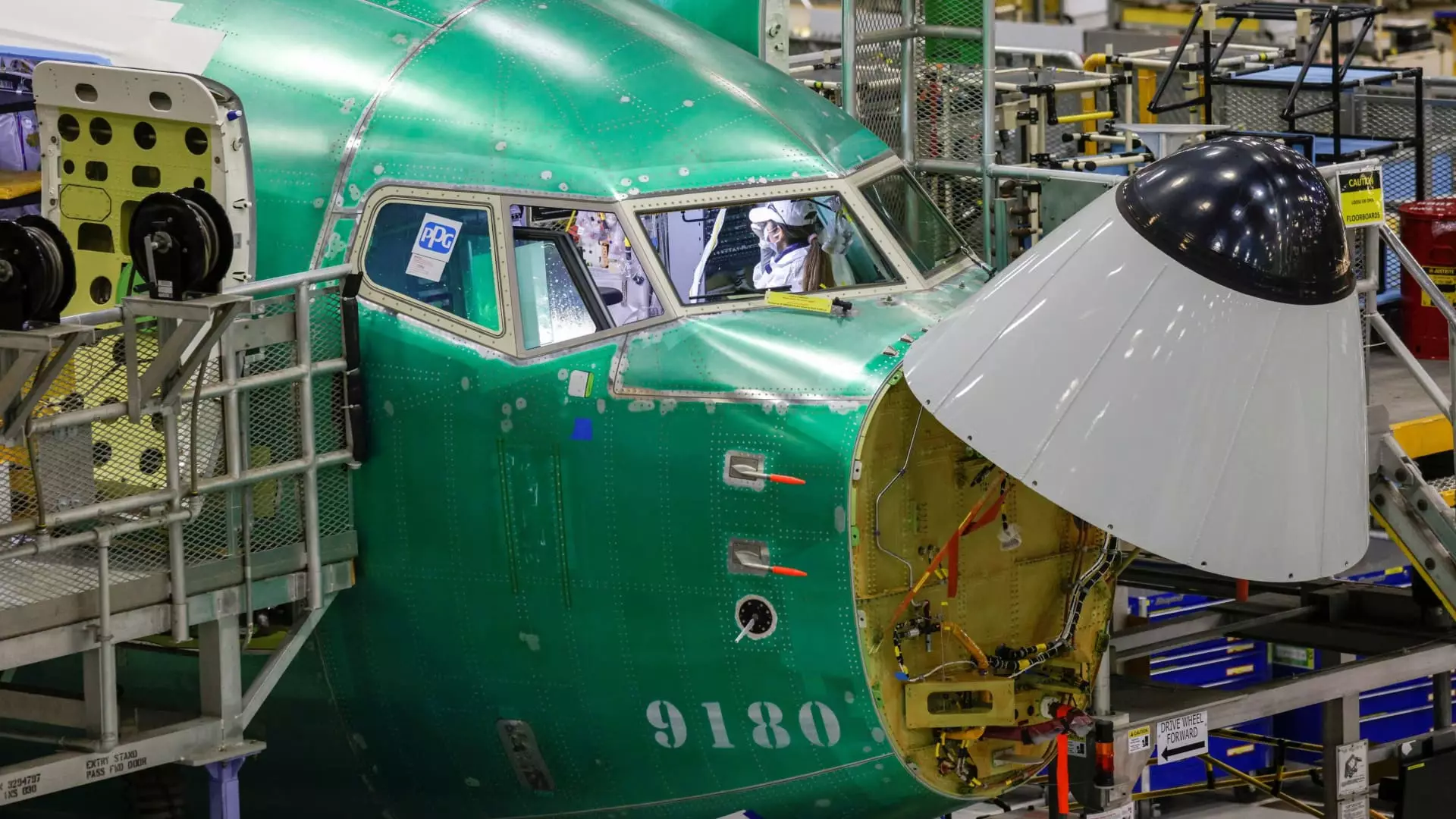After a protracted strike that lasted over seven weeks, Boeing’s machinists, numbering more than 32,000, are set to resume their roles in factories by Tuesday. This return follows the approval of a new contract which offers significant pay increases — a staggering 38% over four years — thus marking a pivotal moment for both the employees and the manufacturer. The combination of rising labor costs and the pressures of ongoing production delays raises questions about Boeing’s future operational efficiency.
The strike commenced on September 13, when workers rejected an initial proposal that included a 25% pay raise, signaling a compelling desire for more substantial improvements. This rejection reveals the workers’ determination and perhaps reflects broader labor market trends where employees are increasingly demanding better compensation and workplace conditions. Boeing’s decision to ultimately meet these demands suggests an acknowledgment of the pressures inherent in a competitive aircraft manufacturing sector.
Challenges Ahead in Resumption of Production
While the workforce is returning, Boeing has highlighted that the reactivation of factory operations will not be immediate. Executives warned that returning fully to previous production levels could take weeks. The company is embarking on critical processes such as identifying potential hazards, restating safety requirements, and ensuring all training qualifications of returning machinists are adequately updated. This intricate process underlines the challenges faced in transitioning from an idle state back to full productivity.
CEO Kelly Ortberg emphasized the complexities of this transition during a recent quarterly call, stating, “It’s much harder to turn this on than it is to turn it off.” This assertion sheds light on the potential setbacks that could arise from the lengthy halt in operations. As they begin to restart the production lines, the company must take meticulous care to avoid any safety oversights or lapses in operational protocol.
Production Figures Reflect Historical Context
October’s production statistics reveal a glaring contrast to Boeing’s capabilities in previous years. During a particularly challenging month, Boeing delivered only 14 aircraft, the lowest figures since November 2020, when the industry grappled with the early pandemic impacts and the aftermath of the 737 Max groundings following tragic incidents. These figures highlight a critical juncture for Boeing as it seeks to recover and stabilize its production amidst ongoing market pressures and logistical challenges.
Interestingly, despite the strike, Boeing managed to secure 63 gross orders throughout October, indicating a resilient demand for its aircraft. This number was just shy of the previous month’s tally, pointing to a potentially robust future if the company can successfully navigate the current challenges. The 737 Max, still at the center of Boeing’s production capabilities, continues to attract significant orders, including 40 units intended for the Avia Solutions Group, as Boeing works to restore confidence among stakeholders and customers alike.
Boeing’s path to regain its footing involves not only re-engaging its workforce but also addressing the profound impacts of a significant strike on its production capacity and market reputation. The coming weeks will be critical in determining how effectively the company can manage these transitions and align its output with market demand.

